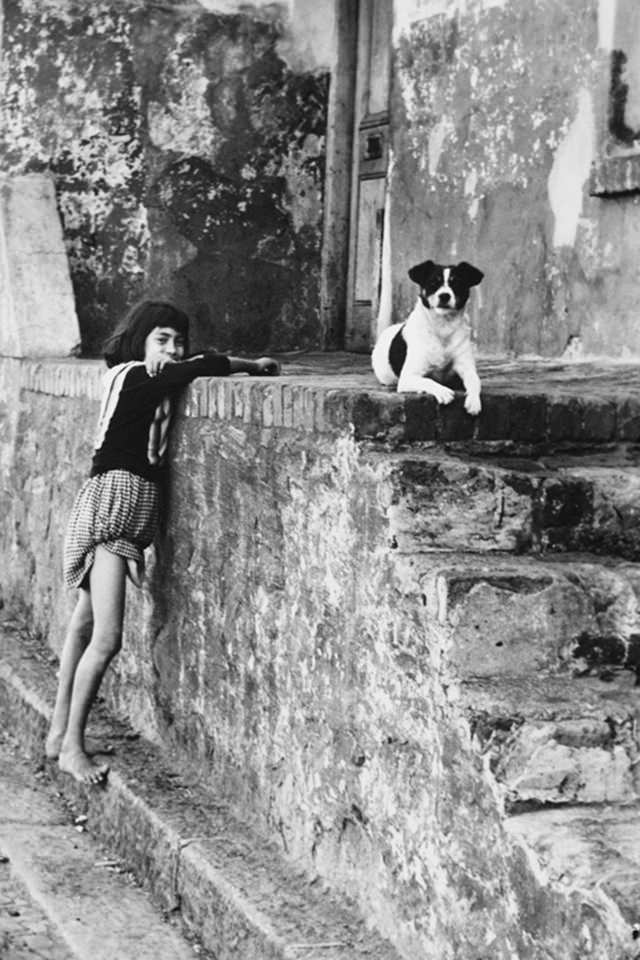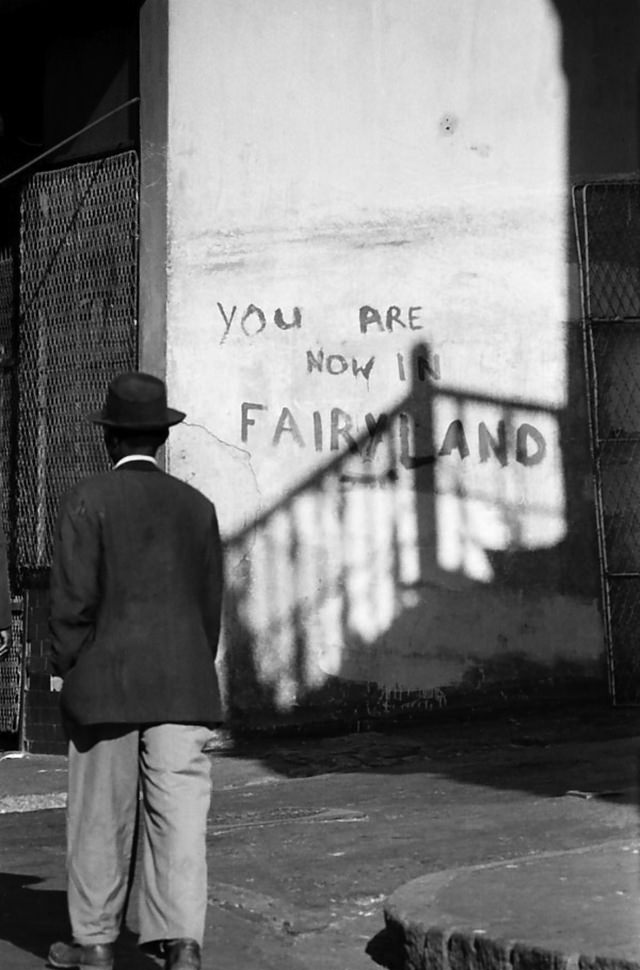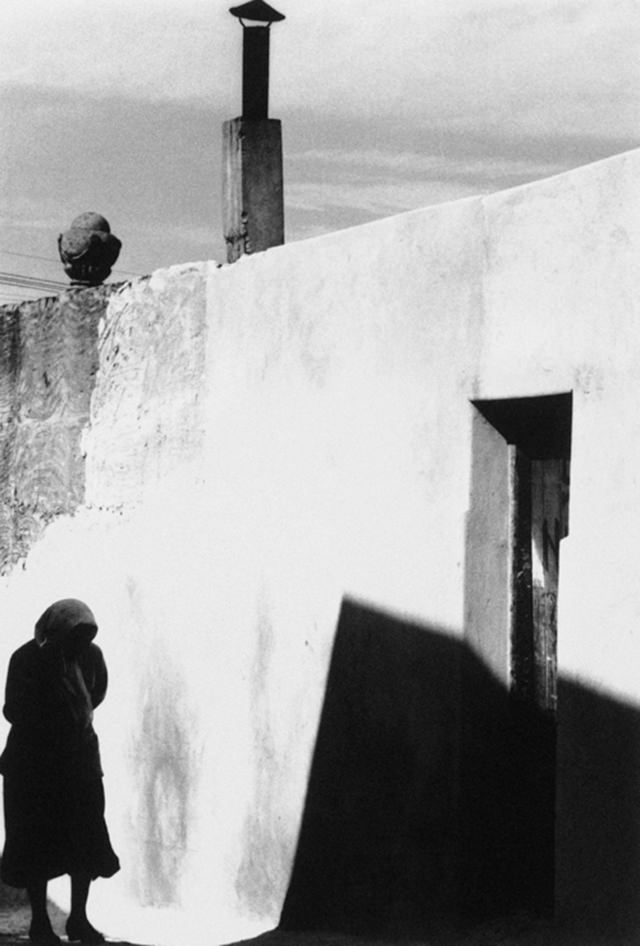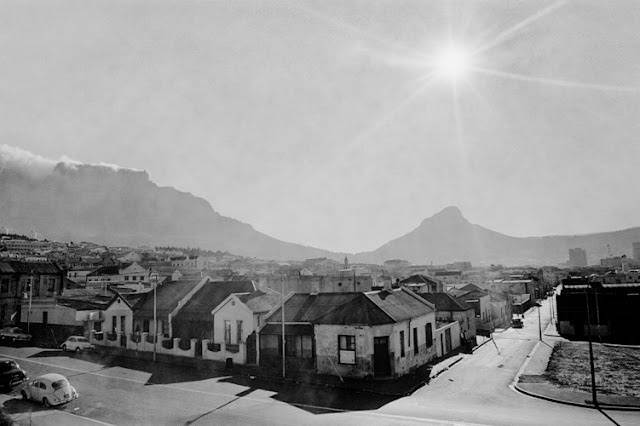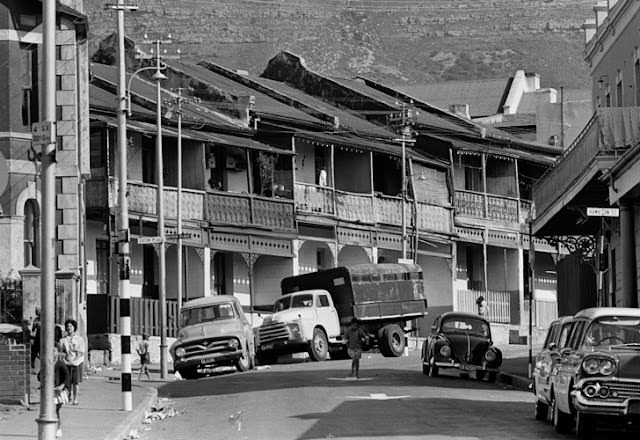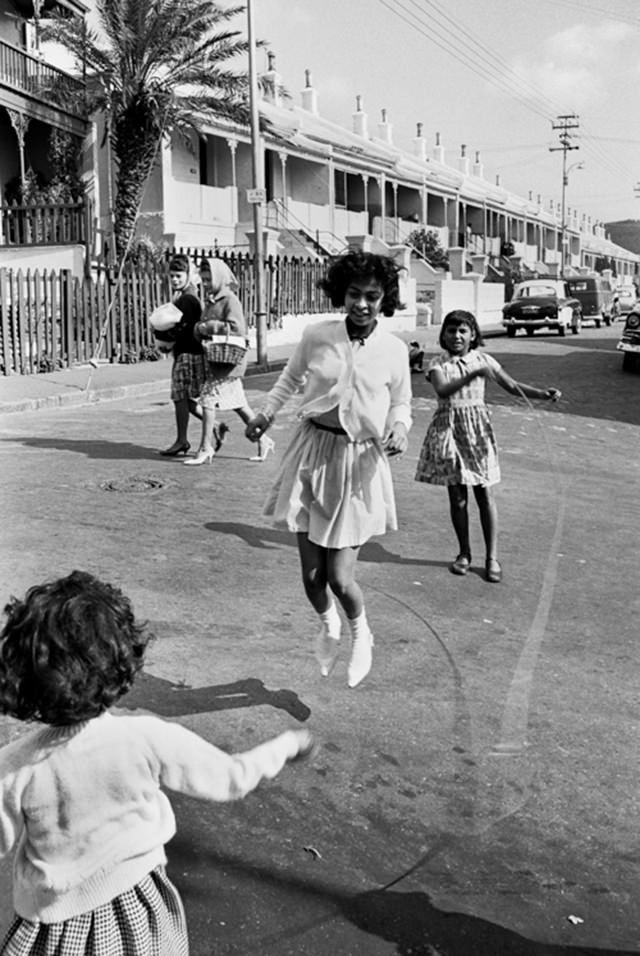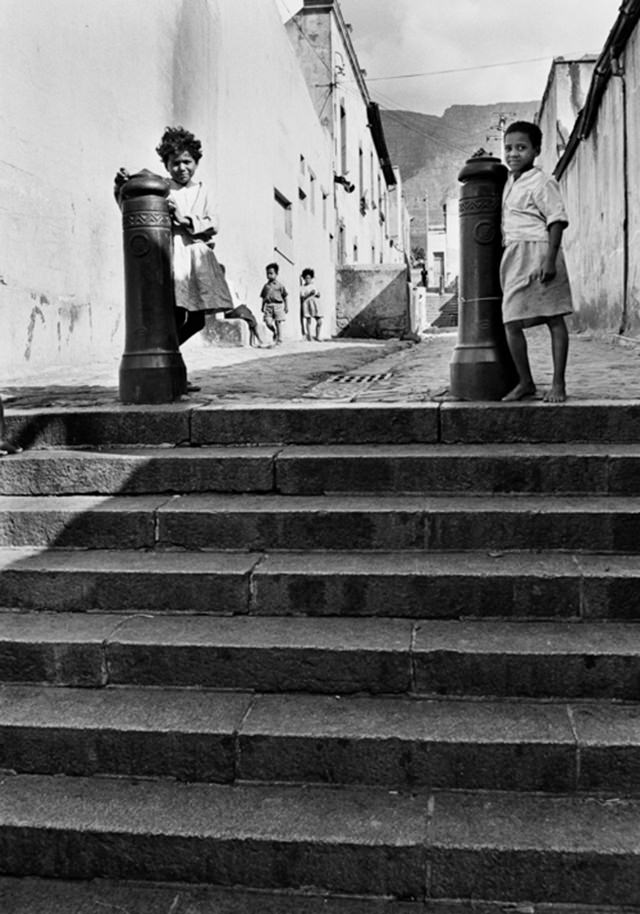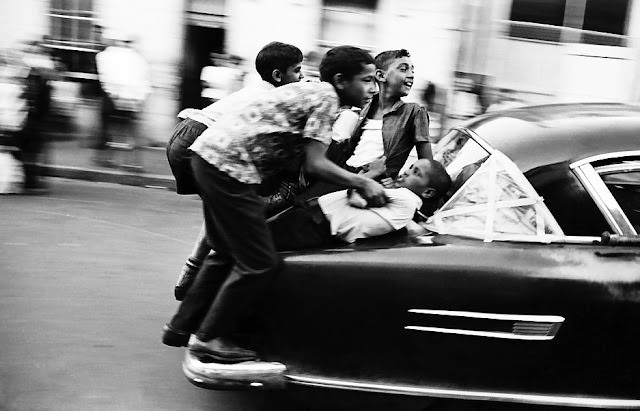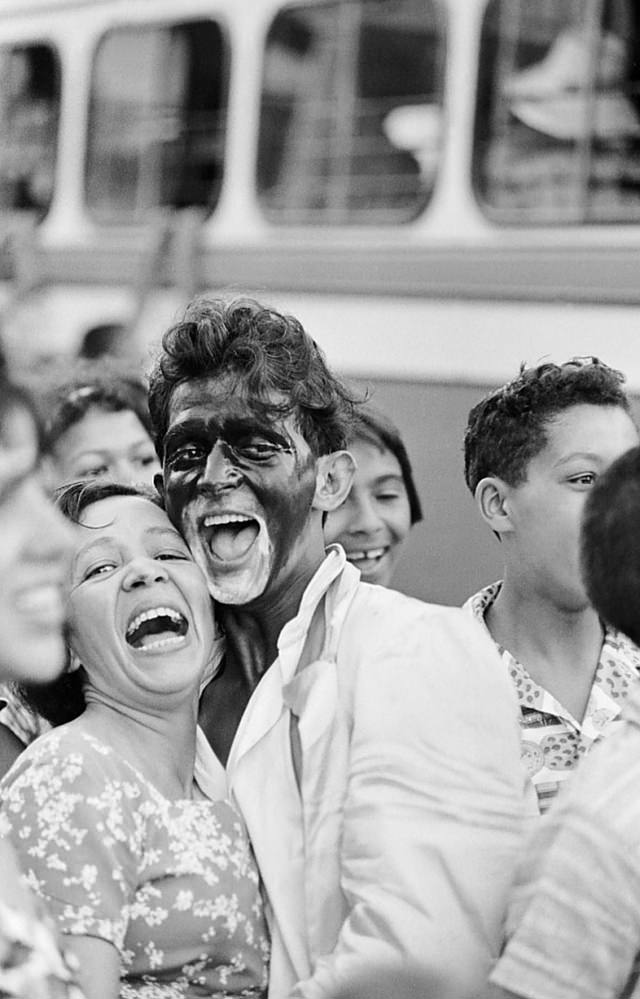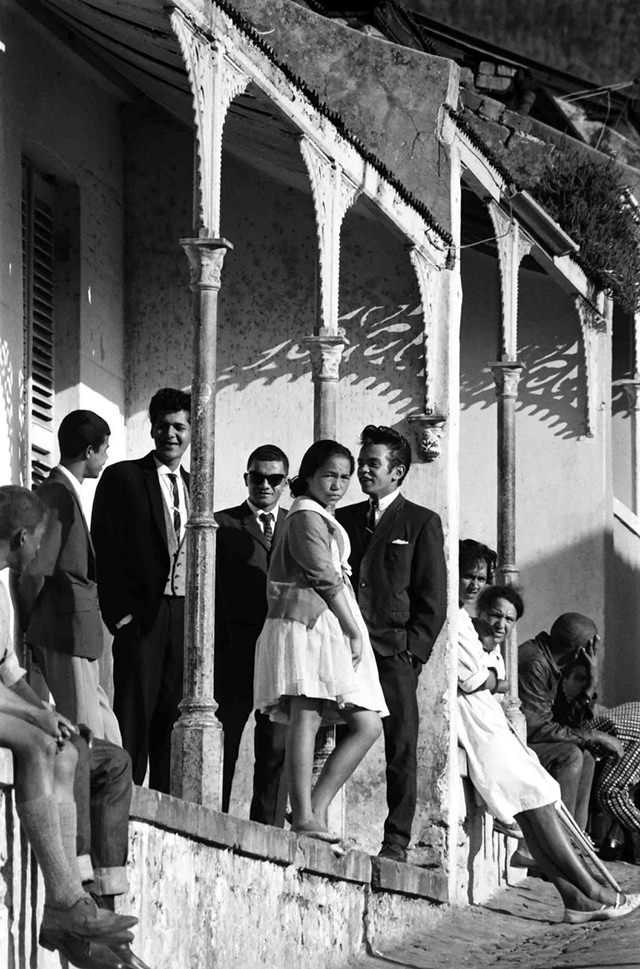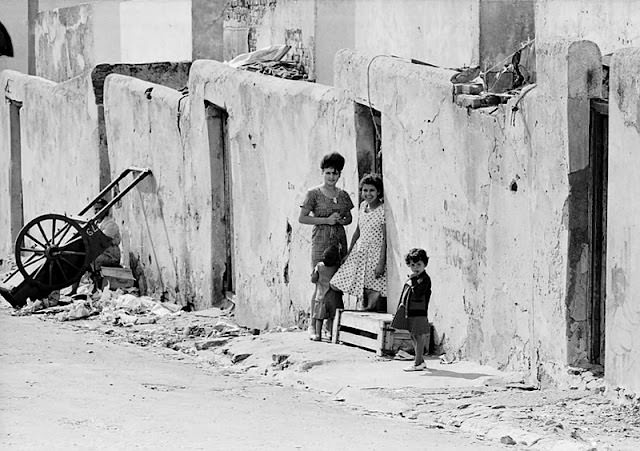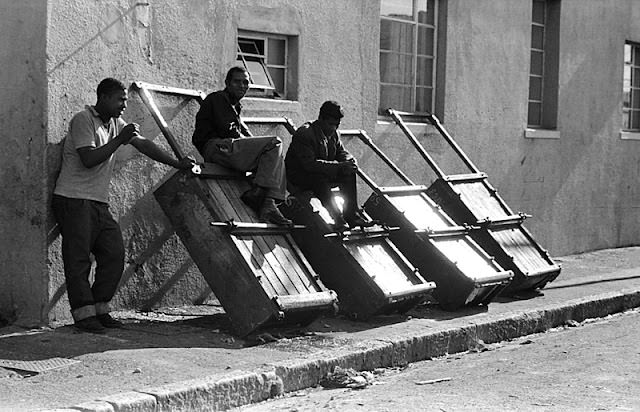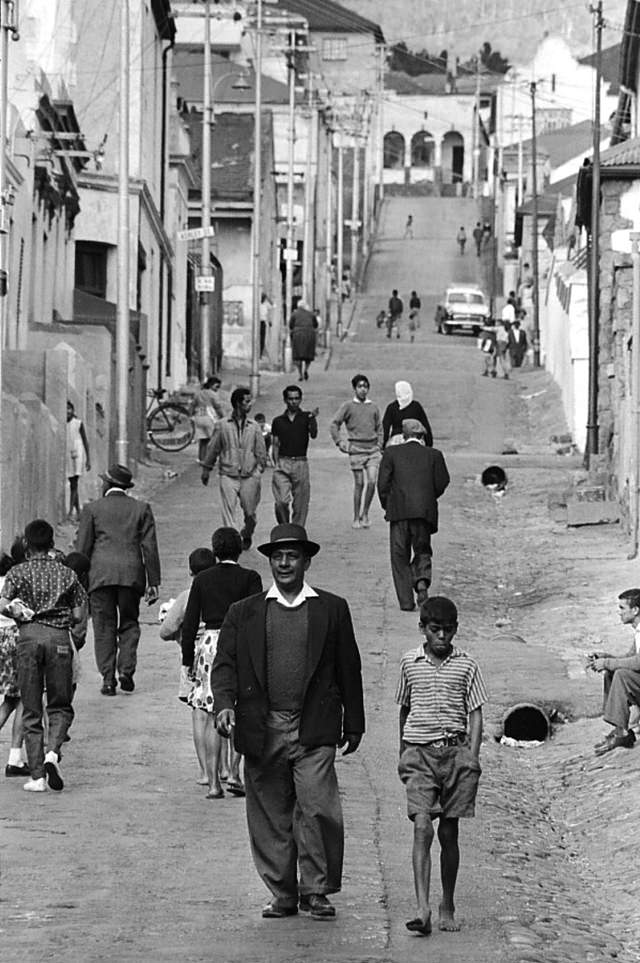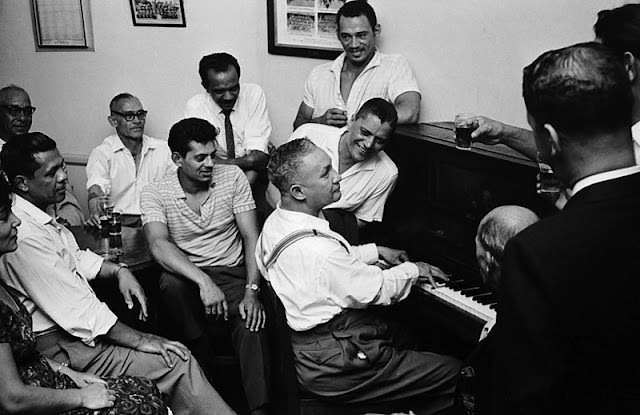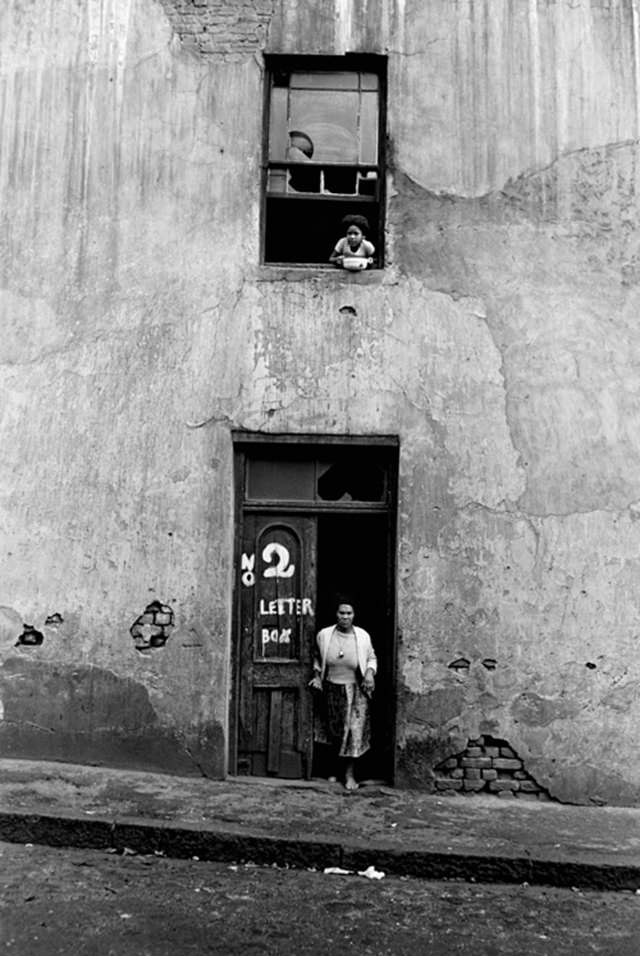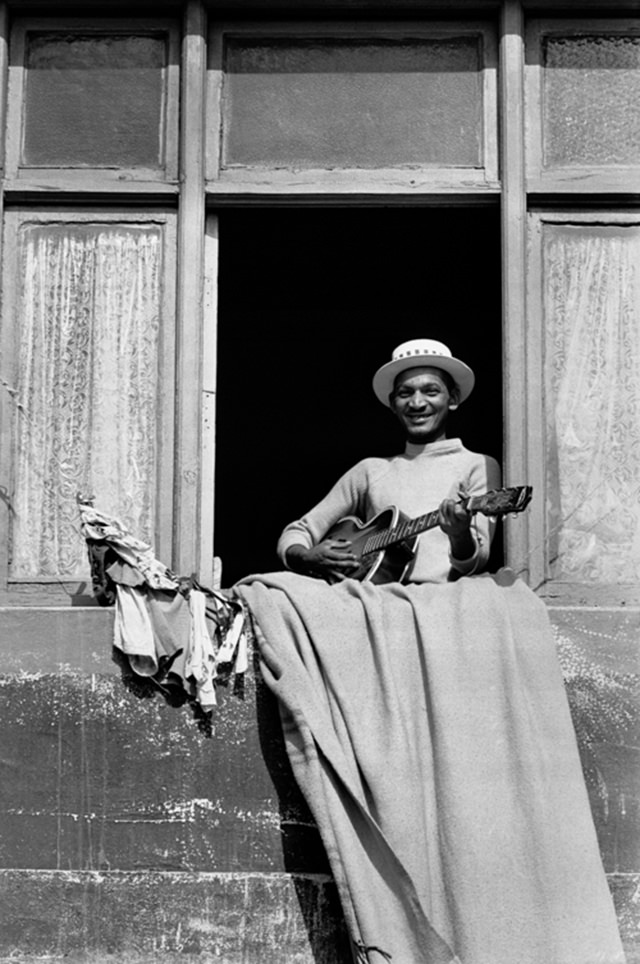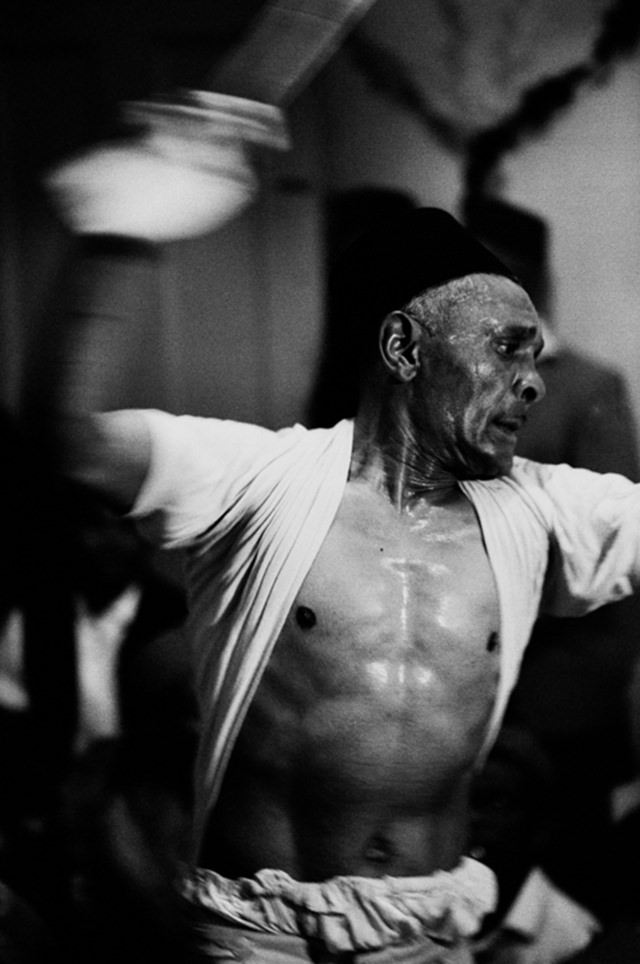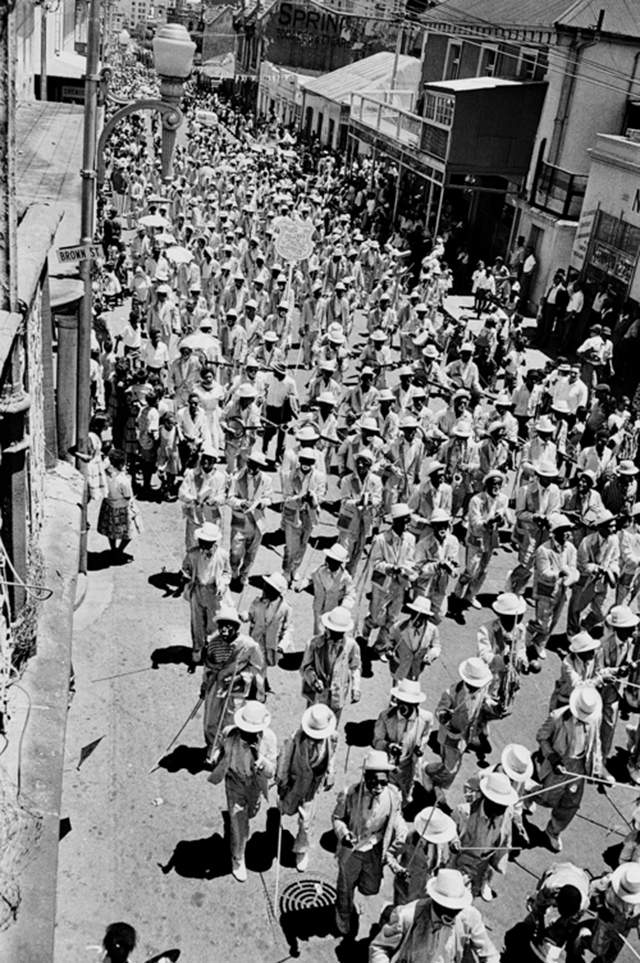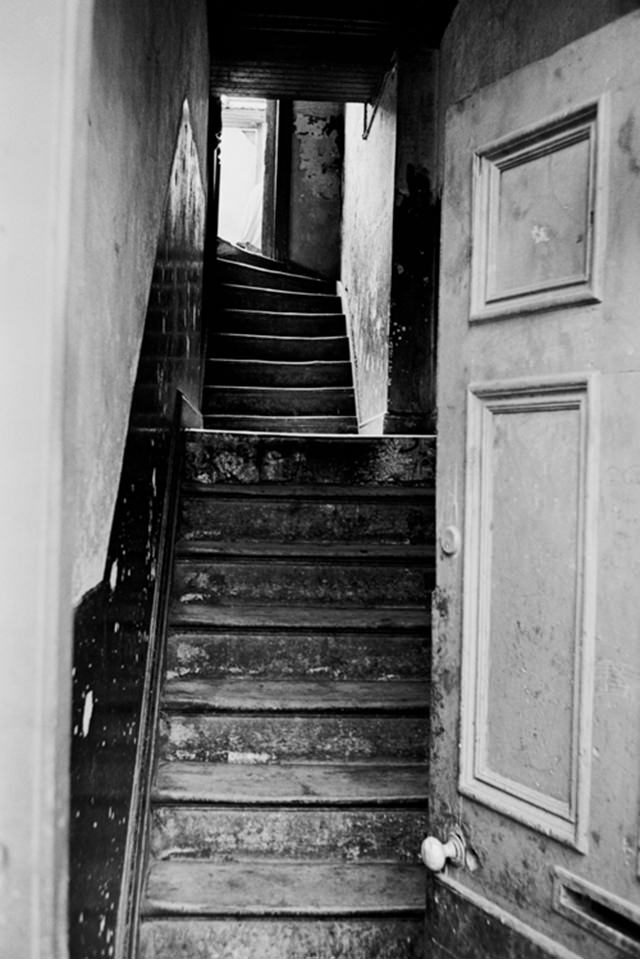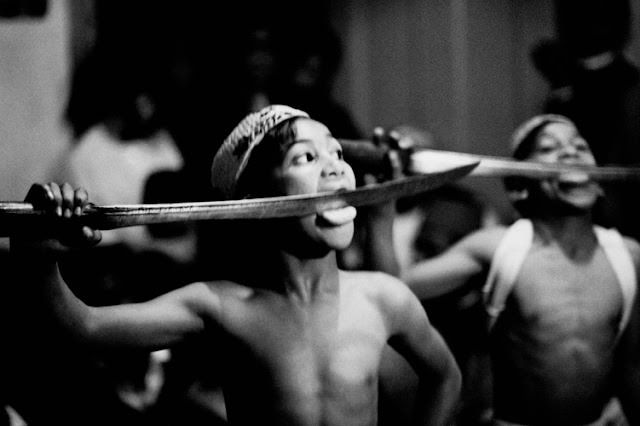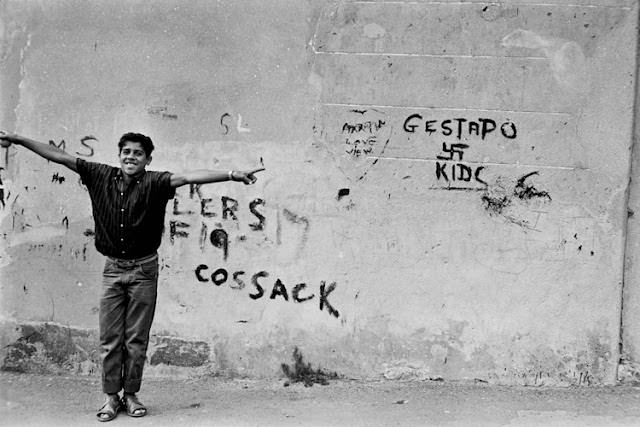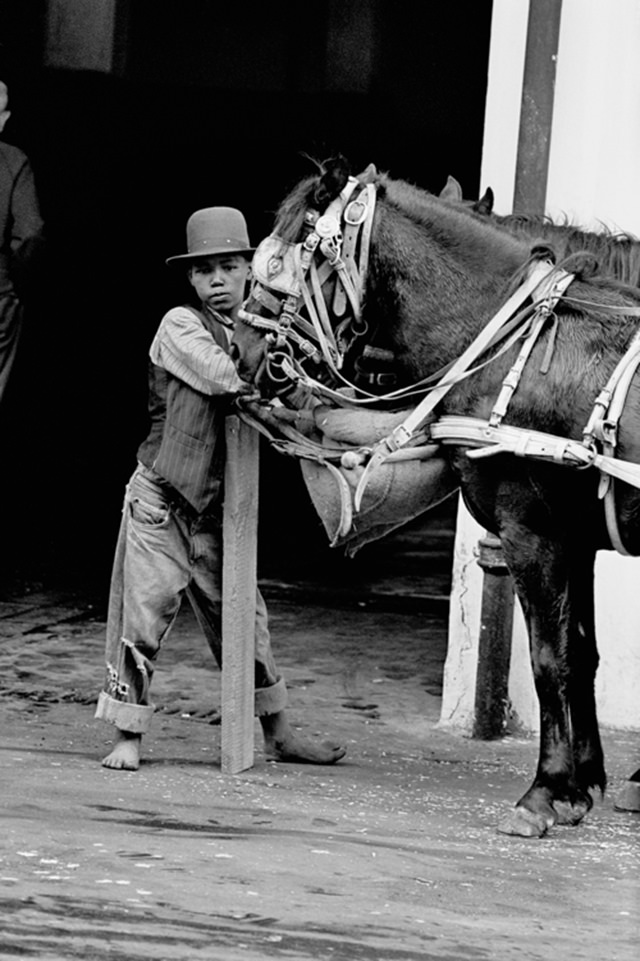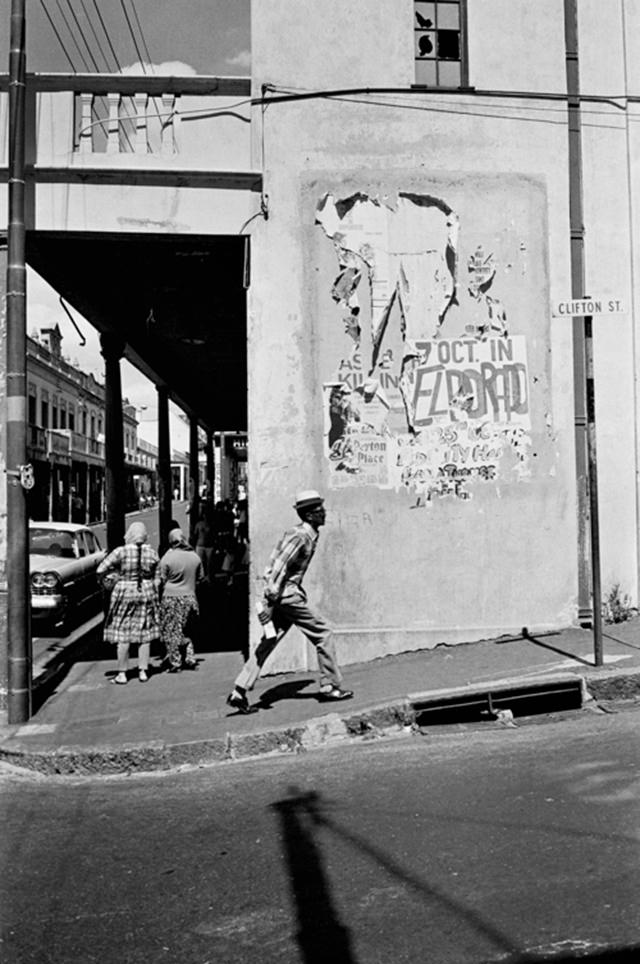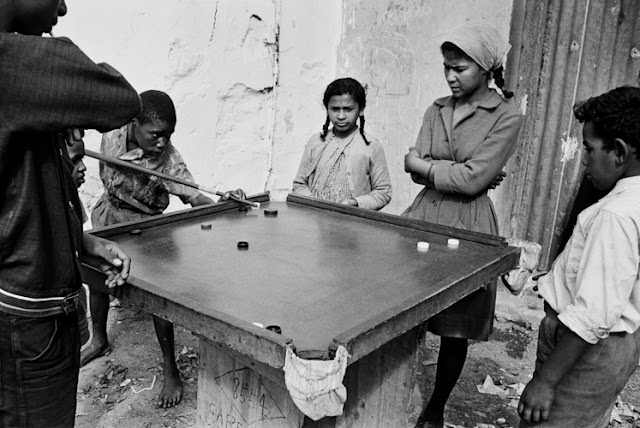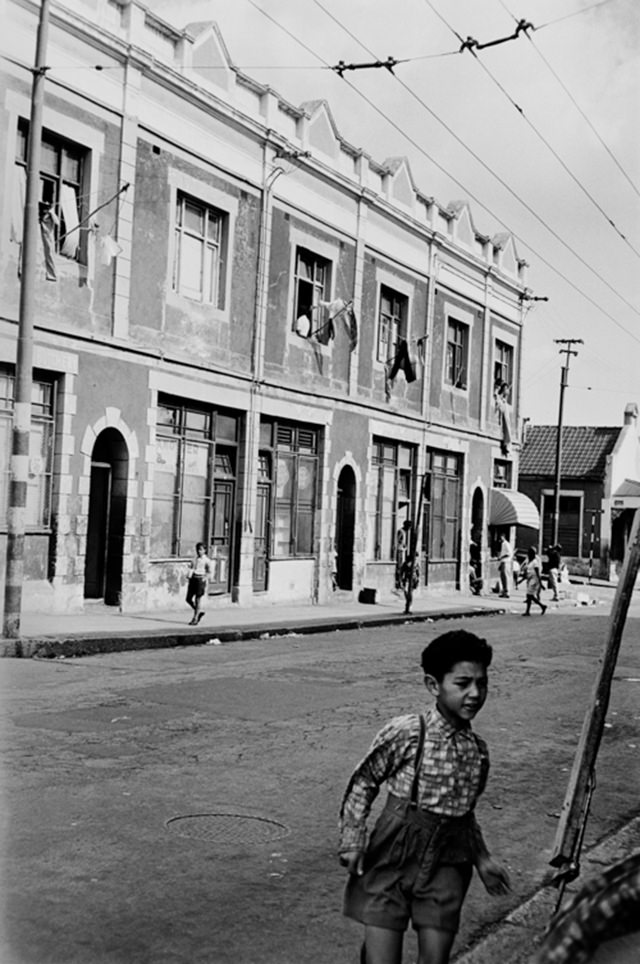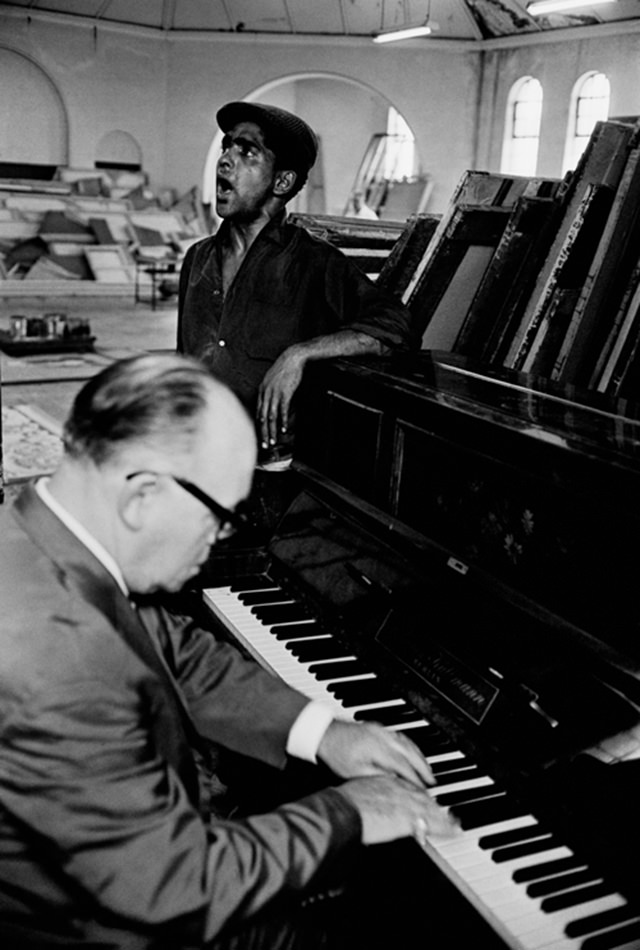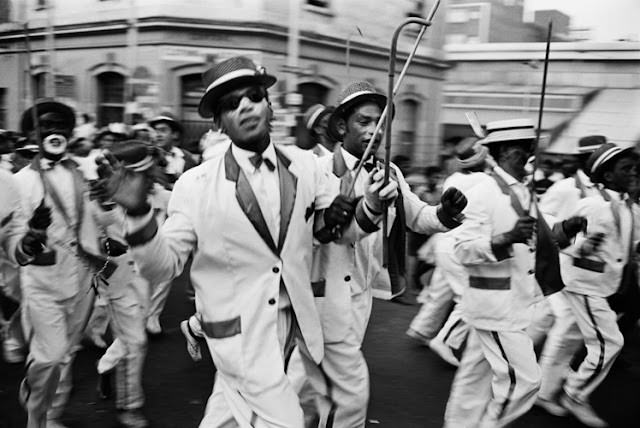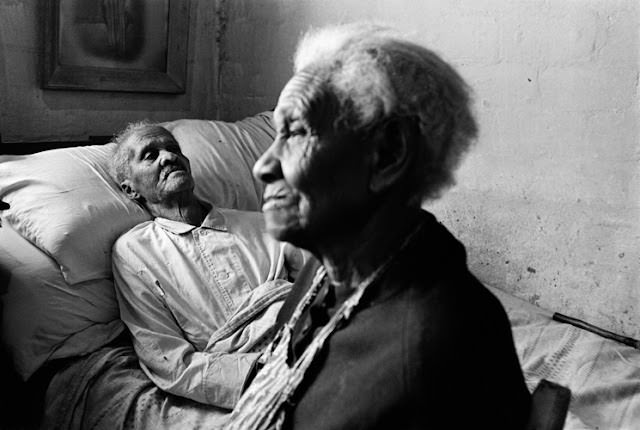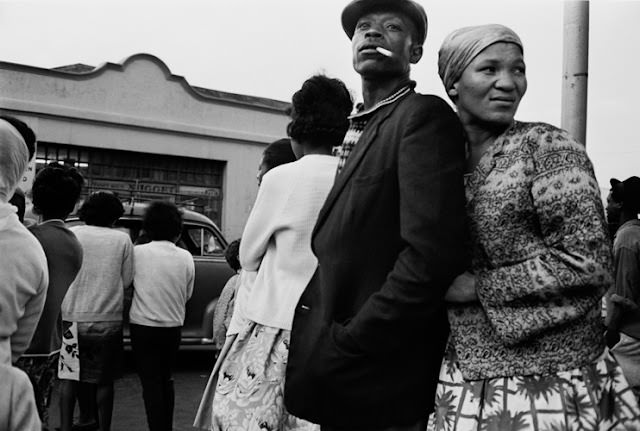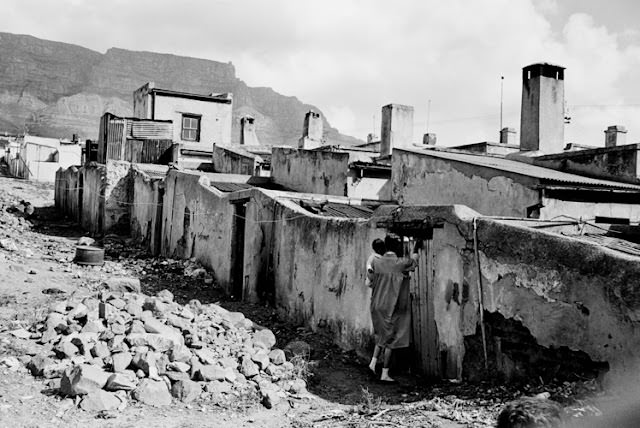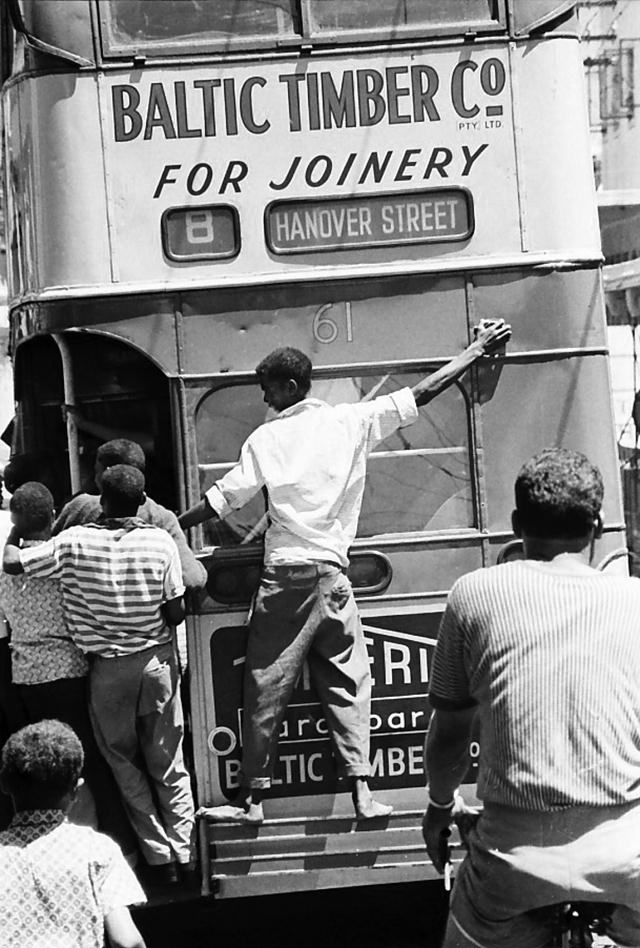Stepping back into the vibrant streets of Cape Town in the 1970s is a journey back in time, a period when District Six, an ethnically diverse neighborhood, was full of life. This thriving locality was brought to life by renowned South African photographer, Cloete Breytenbach, whose powerful black and white photographs documented a slice of South African history that might otherwise have been lost forever.
In his early twenties, Breytenbach started as a journalist for an Afrikaans-language newspaper in Cape Town in 1951. Though he later enjoyed an international career, Cape Town remained his heart’s home. In his series “District Six,” he documented the neighborhood’s everyday life during its critical years of transition.
In the 18th century, District Six was Dutch colonial farmland, but by the 20th century, it had evolved into a bustling part of Cape Town. Populated with a diverse mix of races and ethnicities, it was a lively, working-class neighborhood, albeit mostly owned by absentee white landlords who allowed it to deteriorate. By the 1960s, it was in a state of disrepair, an eyesore to the adjacent “white” Cape Town.
In 1966, under apartheid laws, the city declared District Six a white area, resulting in the forced eviction of nearly the entire population, some relocated far from the city. The government razed the deserted neighborhood to the ground by the late 1970s.
Breytenbach’s photographs capture the spirit of District Six during these turbulent years. Although the buildings were decaying, the community’s spirit was vibrant and very much alive. His camera focused on the ordinary – markets buzzing with trade, religious ceremonies, social events, and intimate domestic interiors.
One of his photographs captures the Cape Minstrels parade. Other reveals children playing in the streets, oblivious to the political turmoil swirling around them. Yet another presents a woman in her home, surrounded by family photographs and trinkets, embodying a sense of personal history and continuity amidst societal upheaval.
While each individual photograph may not be remarkable, the collective power of the series lies in its stark portrayal of the everyday life of this unique community amidst the upheavals of apartheid. The black and white color palette gives the pictures an air of melancholy and nostalgia, while also highlighting the stark realities of the period.


